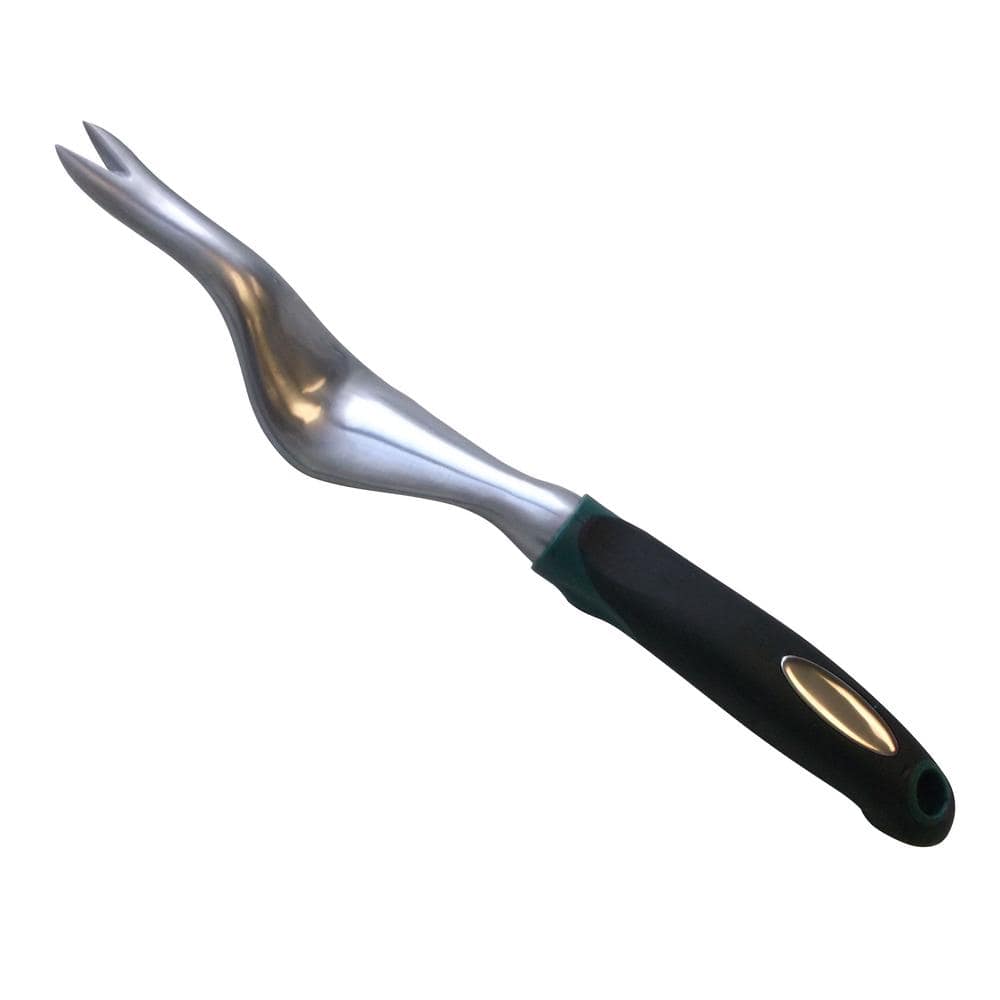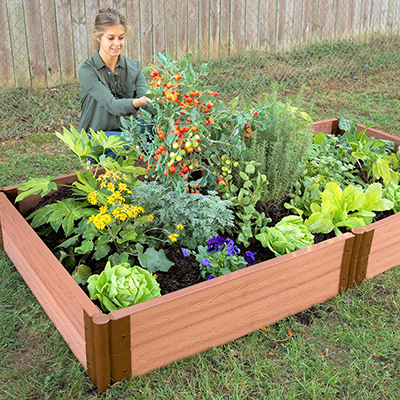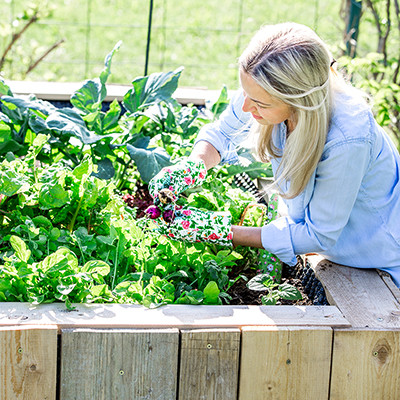How to Garden with Grow Bags

Last updated September 7, 2023
Grow bags are, just like they sound, nursery pots made of breathable fabric. These innovative pots help your garden grow in new ways.
Gardeners can use grow bags to achieve their gardening goals. For example, building a raised garden bed when you rent, or moving a tropical plant collection in and outdoors.
Read on to learn more about using grow bags in your garden.
Table of Contents
Introducing Grow Bags
How to Choose the Right Grow Bag
Raised Bed Gardening with Grow Bags
Tips for Success with Grow Bag Gardening
Introducing Grow Bags
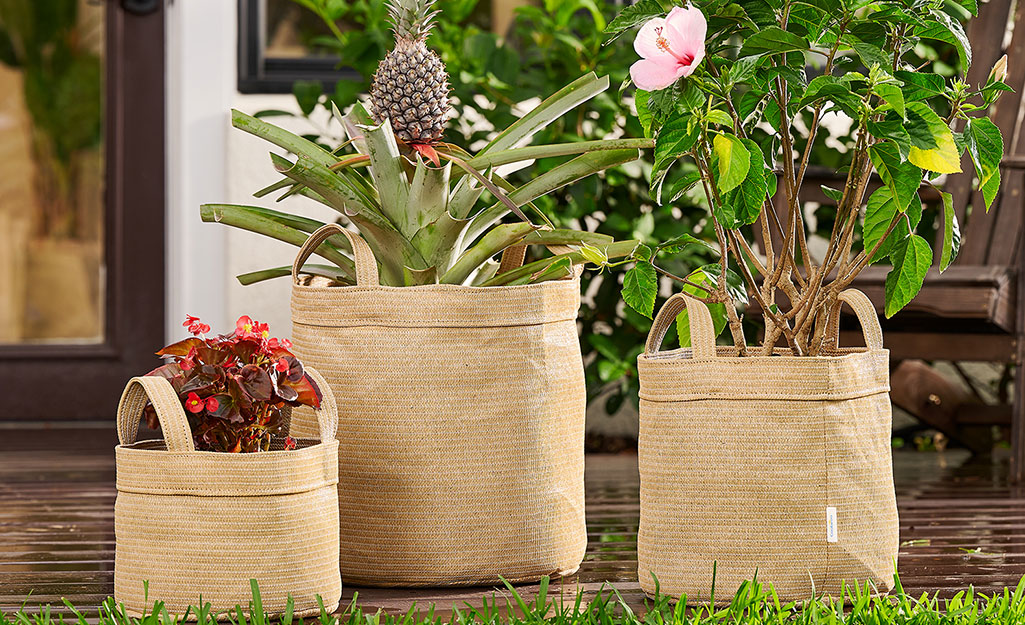
Grow bags are usually made of recycled plastic, but some are made from natural fibers. Unlike plastic and clay nursery pots, many grow bags have handles, making the lightweight bags easy to move around. An advantage for grow bags is the breathability of the fabric. This allows more oxygen to plants’ roots, and boosts growth and yields.
Water drains differently in a grow bag versus a traditional nursery pot. The porous fabric allows water to drain out the sides as well as the bottom. This makes it pretty much impossible to overwater plants and alleviates root rot problems.
Gardeners are familiar with plants that are pot-bound, sometimes called root-bound. The roots run out of room to grow and will grow in a circular pattern. This doesn’t happen in a grow bag. Instead of circling, the roots branch out.
How to Choose the Right Grow Bag
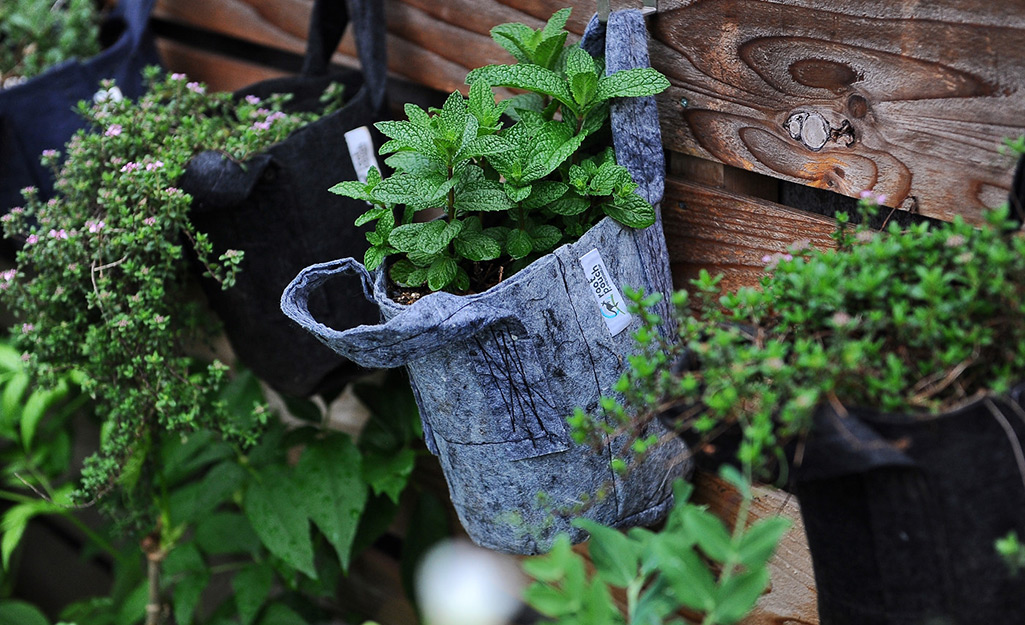
Grow bags come in a variety of sizes, from one gallon bags appropriate for houseplants, to 100+ gallon types that make excellent raised garden beds. Some have handles that make them portable. This is especially useful when you have a lot of smaller plants that you may be moving in and out of a greenhouse.
When choosing grow bags, keep in mind the fabric. Most are made of recycled plastic, like beverage bottles. Some are made with natural fibers, and some use a mix of both. Each fabric has its own benefits.
You can expect grow bags to last for several seasons, but just like nursery pots that are exposed to weather, they do not last forever. They are a sustainable choice though, because they use recycled products that would otherwise clog up landfills and waterways.
Raised Bed Gardening with Grow Bags
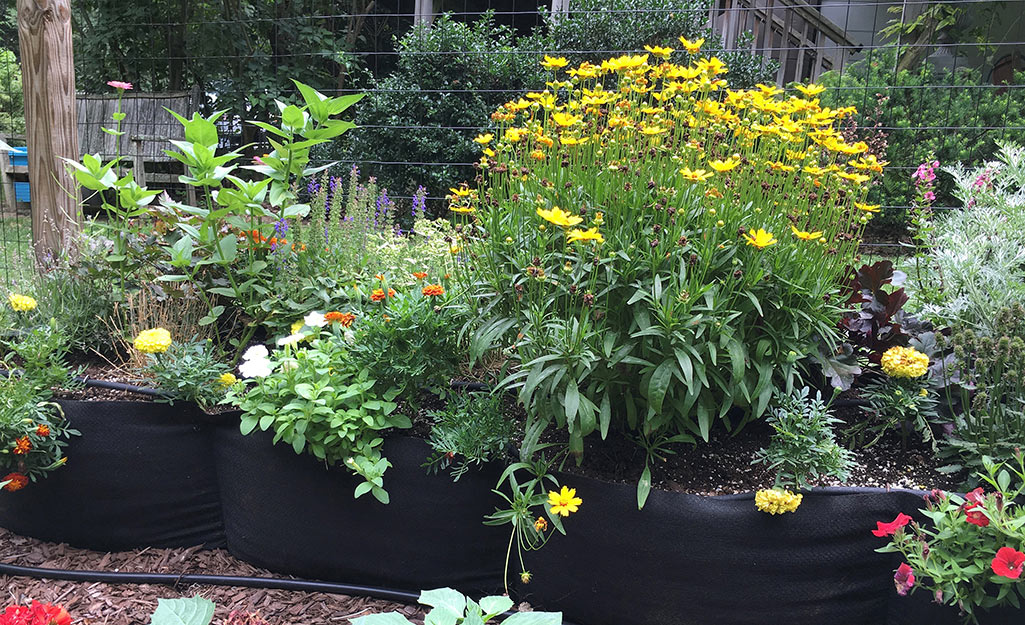
Grow bags are an inexpensive option for a raised garden bed. For less than $50, you can get a 400-gallon grow bag that you can plant with vegetables, flowers and herbs for a summer garden. At the end of the season, pull and compost the plants. You can dump the soil in a garden bed, wash the bags, fold and store for the next year.
Grow bags can be used in existing raised garden beds, too. Just put them directly on the soil, fill and plant them as usual.
To create a raised garden bed out of grow bags, you can place them on the ground. First, put down a cardboard base, open up the grow bag, fill with soil and plant with vegetables, herbs and flowers. A layer of mulch between the bags keeps down weeds for a tidy look.
Tips for Success with Grow Bag Gardening
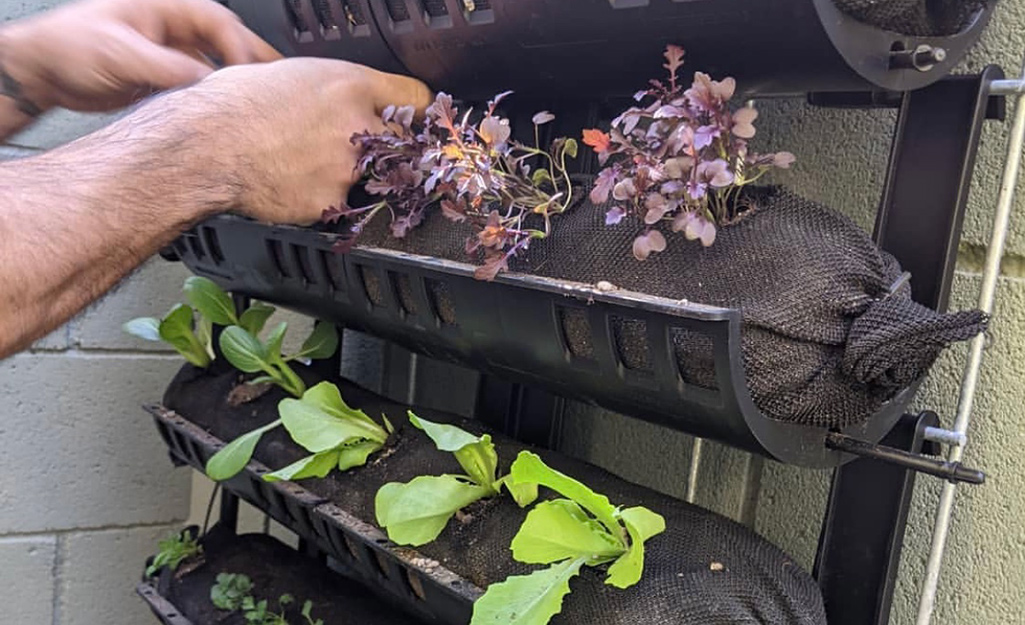
- Plants in grow bags need frequent watering, especially in summer. Drip irrigation makes this simpler.
- Grow bags make vertical gardening easier by keeping the soil and moisture close to the plant.
- Grow bags can be used indoors like clay and ceramic pots. Be sure to put a saucer under the bag, just like if it’s on a deck or patio.
- Grow bags can be cleaned. For best results, manufacturers recommend you hand wash with a gentle detergent and allow to air dry.
- Grow bags make great gift bags, too. Fill small bags (1- to 5-gallon) with garden tools, seedlings, seed packets and a Home Depot gift card for a gardener’s gift.
Grow bags help you grow plants in the space where you want to grow. These innovative planters can be used for vegetables, flowers, shrubs, even trees.
When you need the right planters, seeds or potting soil, The Home Depot delivers online orders when and where you need them.
